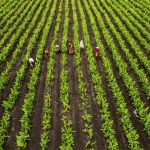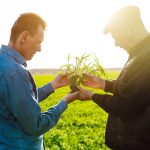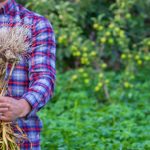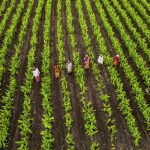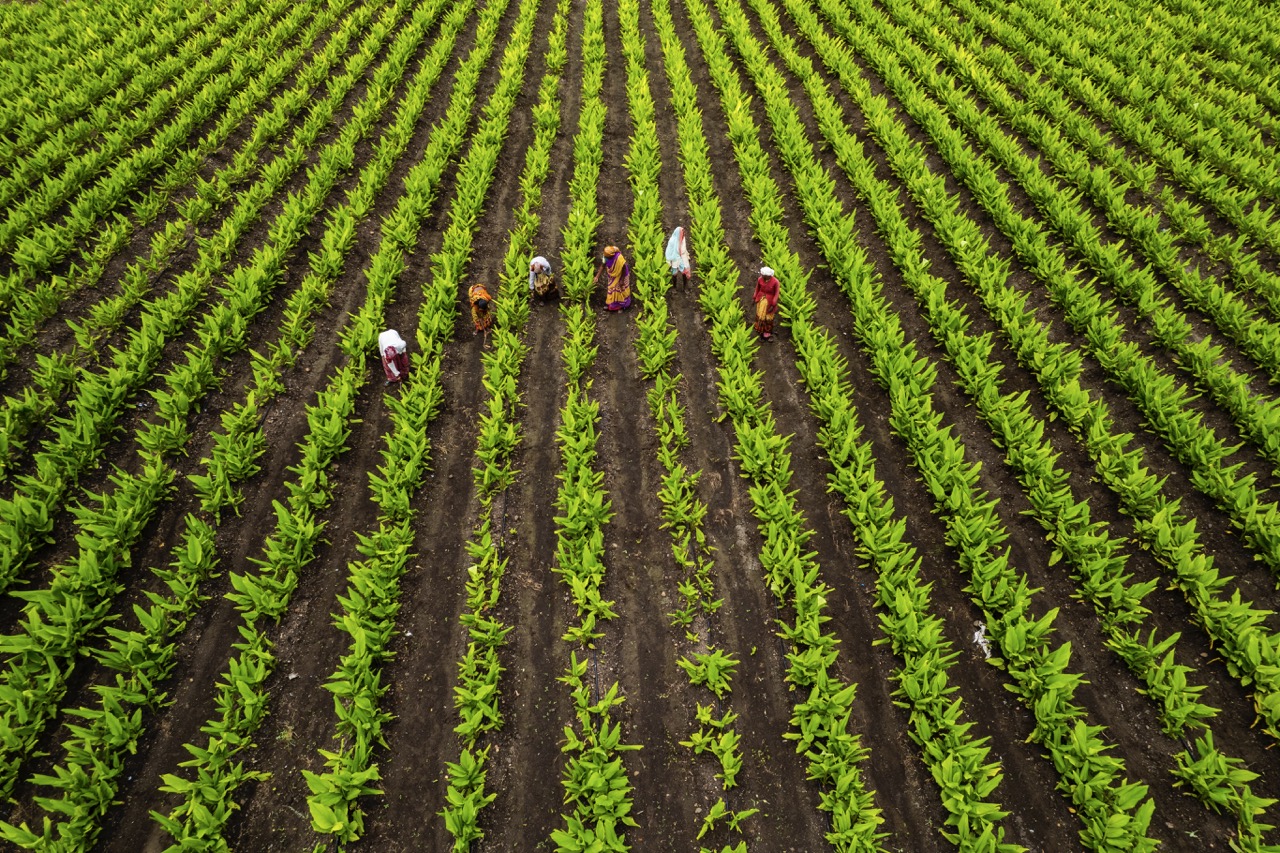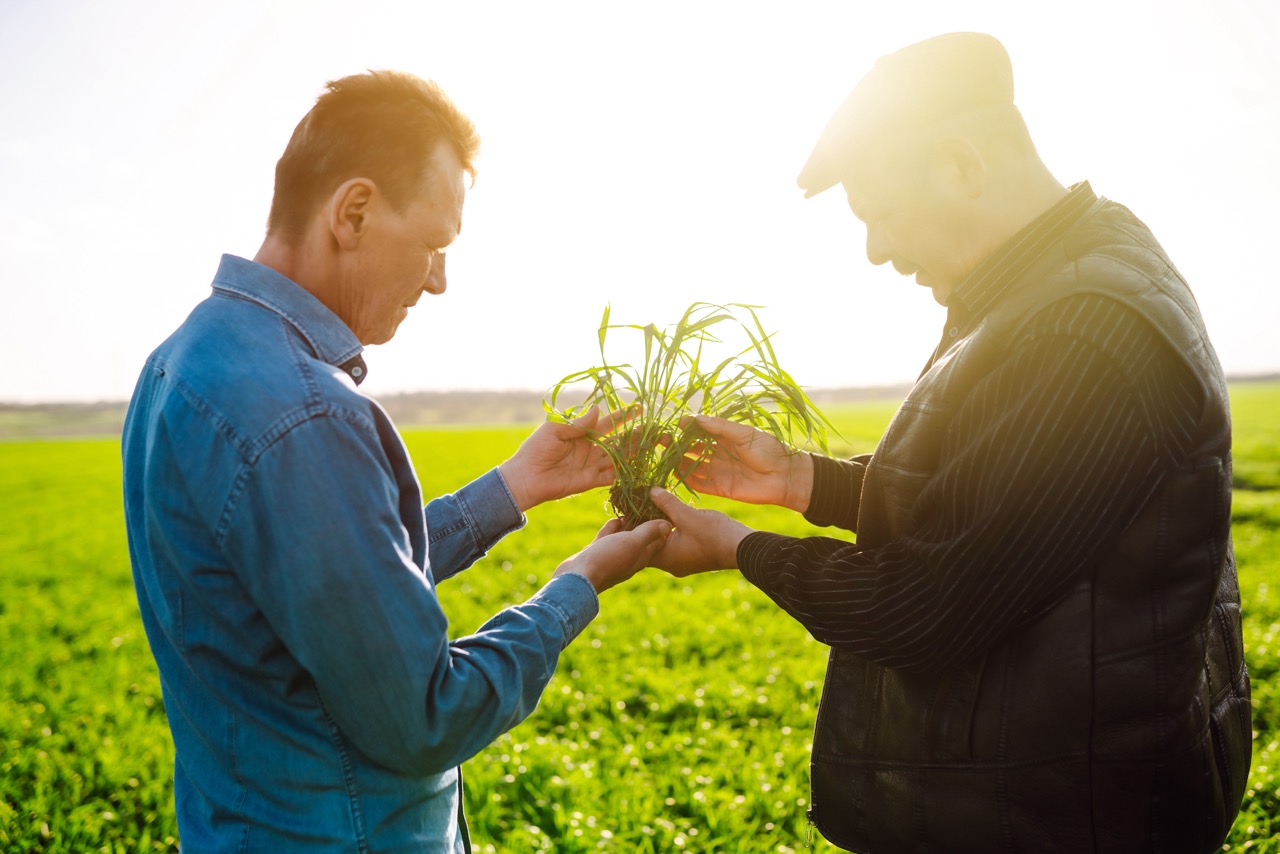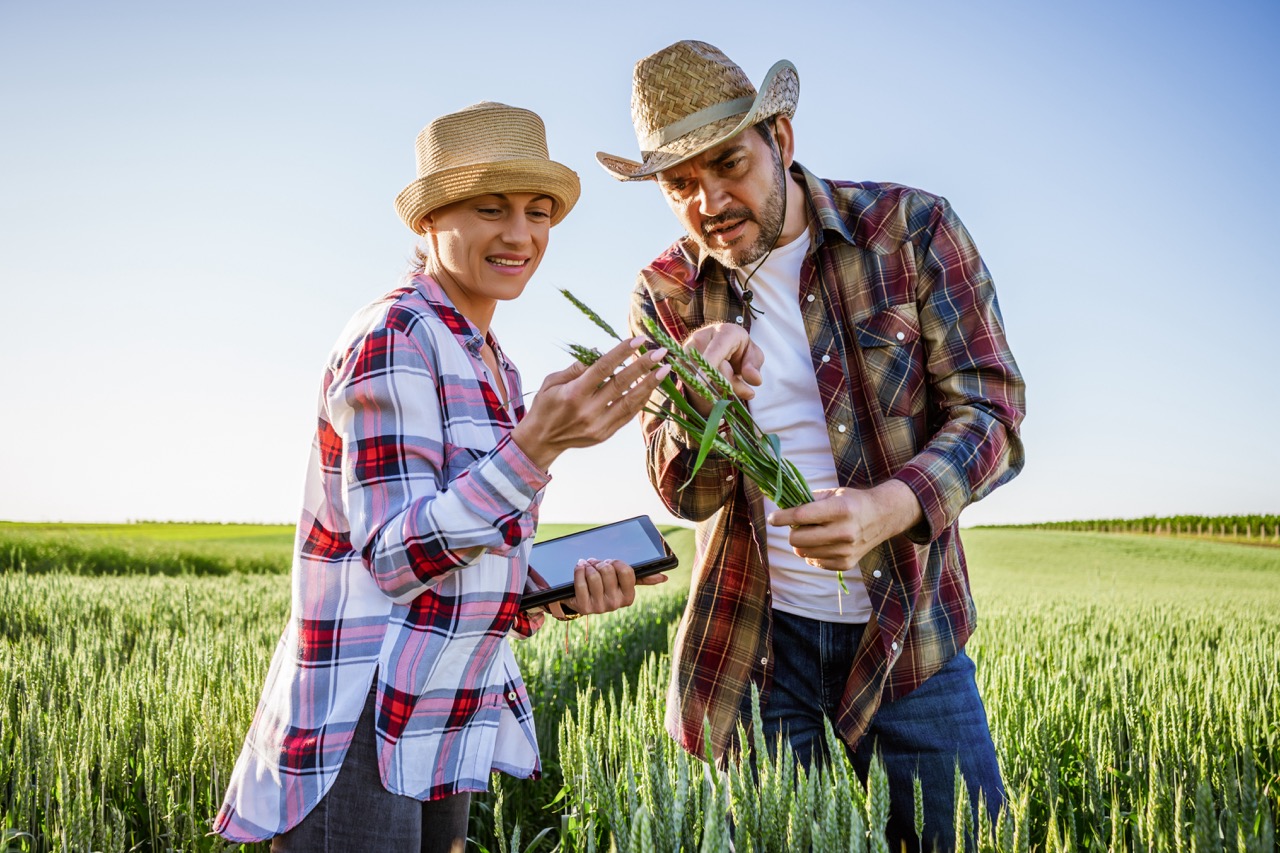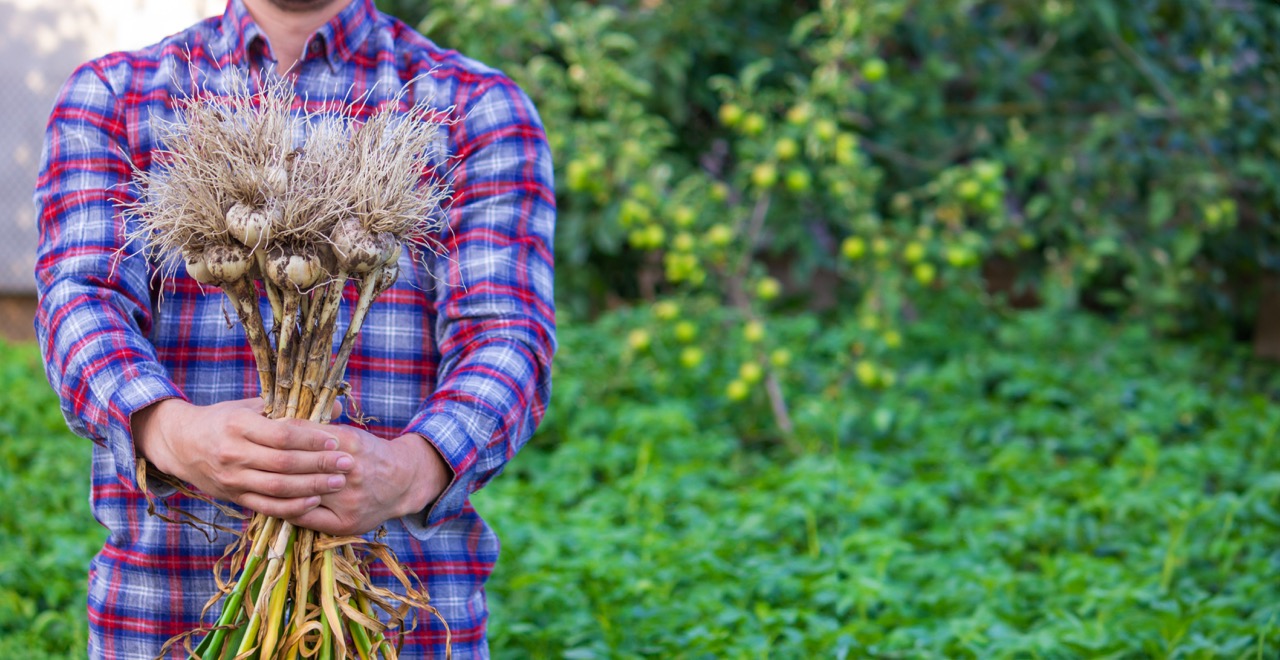Sharecropping, a system where farmers cultivate land owned by someone else in exchange for a share of the crop, has been a significant part of agricultural history, particularly in the Southern United States and various developing countries. This practice has often provided opportunities for small-scale farmers to access land and resources they might not otherwise afford. However, not all crops are equally suited for sharecropping arrangements, as the choice of crop can heavily influence the profitability and sustainability of the system. Understanding which types of crops perform best under sharecropping conditions can help both landowners and sharecroppers maximize their yields and profits.
Understanding Sharecropping and Its Agricultural Impact
Sharecropping emerged as a response to the socio-economic landscape following the Civil War, particularly in the United States. It allowed landowners to maintain production levels while providing a means for impoverished farmers to earn a living. The agricultural impact of sharecropping has been both positive and negative. On one hand, it enabled agricultural production to continue in regions where land ownership was concentrated; on the other hand, it often trapped sharecroppers in cycles of debt and poverty. Understanding these dynamics is crucial for assessing which crops are best suited for such systems.
Moreover, sharecropping can lead to increased land degradation if not managed properly. Continuous planting of the same crops without adequate crop rotation can deplete soil nutrients and reduce long-term agricultural viability. This highlights the importance of selecting diverse crop varieties that not only respond well to sharecropping conditions but also contribute to soil health and sustainability. As farmers navigate the complexities of land ownership, labor costs, and market demands, the choice of crop becomes critical in determining the success of sharecropping ventures.
In many instances, the agricultural impact of sharecropping extends beyond economic considerations. Sharecropping systems can influence community structure, labor dynamics, and food security in rural areas. These social factors must be taken into account when determining the optimal crops for sharecropping, as they can directly affect the availability of labor, market access, and the overall resilience of farming communities. Thus, a comprehensive understanding of sharecropping’s implications is paramount for making informed agricultural choices.
Key Factors Determining Crop Suitability for Sharecropping
Several key factors play a significant role in determining which crops are best suited for sharecropping. One of the primary considerations is the local climate and soil type. Different crops have varying requirements for temperature, humidity, and soil composition. For instance, crops like cotton and tobacco thrive in warm, humid climates with well-drained soils, while crops like rice require flooded conditions. Sharecroppers must assess these environmental factors to select crops that will yield optimal results.
Another crucial factor is the market demand for specific crops. Sharecroppers often operate under tight financial margins, making it imperative to choose crops that have a reliable market. Cash crops, such as soybeans, corn, and sugarcane, tend to offer more lucrative returns compared to subsistence crops. Understanding market trends and consumer preferences is essential for sharecroppers to ensure they are investing their time and resources into crops that will provide the best returns.
Lastly, the availability of resources such as labor, equipment, and irrigation can significantly influence crop selection. Sharecropping arrangements often involve limited access to capital and resources, which can constrain the types of crops that can be cultivated. Crops that require less intensive management or fewer inputs, such as legumes and certain grains, may be more suitable for sharecroppers with limited means. By assessing these key factors, sharecroppers can align their crop choices with both environmental conditions and market opportunities.
Top Crop Varieties That Thrive in Sharecropping Systems
Several crop varieties have shown resilience and profitability in sharecropping systems. Legumes, such as peanuts and soybeans, are often ideal choices due to their nitrogen-fixing properties, which can enhance soil health for subsequent crops. These crops typically require less intensive management, making them accessible for sharecroppers who may not have access to advanced farming technology or large labor forces. Their relatively quick growth cycles also allow for multiple harvests within a single season, maximizing yield potential.
Another promising category is root vegetables, such as sweet potatoes and yams, which thrive in various soil conditions and require less water compared to many cash crops. These crops can provide both food security and additional income for sharecroppers. Additionally, root vegetables have the advantage of being able to store well, allowing farmers to sell their produce in response to market demand rather than being forced to sell immediately after harvest.
Finally, cereals like rice, corn, and millet are often staples in sharecropping settings due to their high demand and adaptability to different climates. These crops can be cultivated in diverse environmental conditions and can serve as both food sources and cash crops. Careful selection of drought-resistant or high-yielding varieties can further enhance productivity, making them suitable for sharecropping systems. By focusing on these crop types, sharecroppers can optimize their operations for better economic returns.
Maximizing Profits: Best Practices for Sharecroppers
To maximize profits, sharecroppers must adopt strategic farming practices that enhance productivity and sustainability. Crop rotation is one of the most effective methods for improving soil health and reducing pest pressures. By alternating crop types in successive seasons, sharecroppers can replenish soil nutrients and diminish the likelihood of disease outbreaks, leading to higher yields over time. This practice not only benefits the immediate crop but also supports long-term agricultural viability.
Additionally, implementing integrated pest management (IPM) strategies can significantly reduce input costs associated with chemical pesticides. IPM encourages natural pest control methods, such as introducing beneficial insects or using crop diversity to deter pests. By minimizing reliance on chemical inputs, sharecroppers can enhance profitability while promoting environmental sustainability—a growing concern among consumers and markets.
Investing in education and capacity-building is another crucial aspect of maximizing profits for sharecroppers. Collaborating with agricultural extension services or local farming cooperatives can provide valuable resources and knowledge in areas such as soil management, irrigation techniques, and market access. These initiatives can empower sharecroppers to make informed decisions that enhance productivity, reduce costs, and ultimately increase their share of the profits from the crops they produce.
In conclusion, the suitability of crops for sharecropping systems hinges on several interconnected factors, ranging from environmental conditions to market demands. By carefully selecting appropriate crop varieties, employing sustainable farming practices, and focusing on education and collaboration, sharecroppers can optimize their operations for better profitability. Understanding the nuances of sharecropping can lead to more informed decisions for both farmers and landowners, fostering a more sustainable and equitable agricultural landscape. As the challenges of modern agriculture continue to evolve, adapting sharecropping practices will be crucial in promoting both economic viability and environmental stewardship in rural communities.
